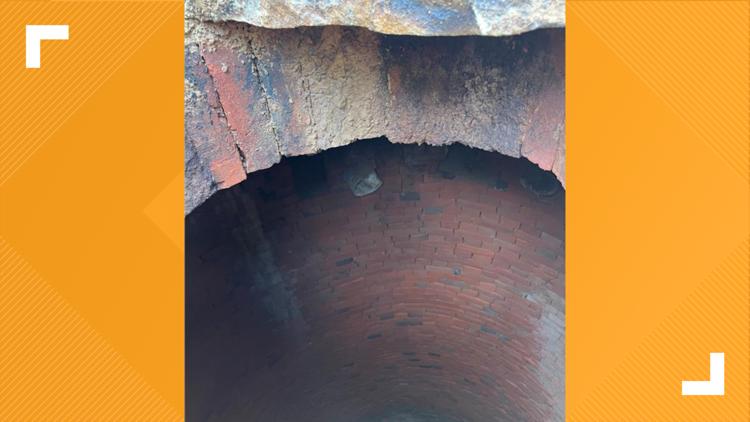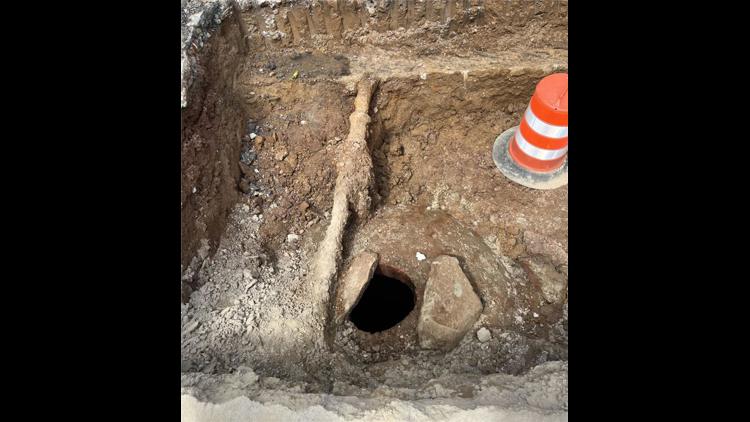WASHINGTON — When you think of the Smithsonian Castle, you might imagine hidden chambers filled with priceless treasures or ancient secrets waiting to be uncovered. But what if I told you that the latest discovery was more about bricks than bling?
As part of the Smithsonian Castle Revitalization Project, workers on Jefferson Drive uncovered a massive brick-lined cistern. This discovery raises the question: What is a cistern, and why is this find, though not a treasure, still pretty neat.
Cisterns: The OG Water Bottles
Back in the day, cisterns were used to collect and store rainwater. Think of them as the 19th-century version of your favorite reusable water bottle, but a lot bigger and a lot less portable. The Smithsonian’s cistern, built in 1847, measures 9 feet in diameter and plunges 30 feet deep. That’s enough room to store an impressive amount of water.
These underground tanks were a key part of the infrastructure before modern plumbing and water supply systems became the norm. They were usually connected to a building’s gutters and downspouts, capturing rainwater that could be used for everything from drinking to firefighting. But with the advent of citywide water systems, cisterns slowly went out of style.
For more than 120 years, this particular cistern sat empty and sealed beneath the National Mall, hidden from sight and mind. Sadly, no national treasures or secret symbols were recovered. But this discovery does offer a unique peek into the past, a reminder of the Smithsonian’s and the National Mall’s long history. It’s not every day that you uncover a relic from the 1800s.
Why We Don’t Need Cisterns Anymore
With the rise of modern plumbing, cisterns have largely become obsolete. Today, we rely on complex water treatment and distribution systems that deliver clean water straight to our taps. So, while cisterns were once essential for gathering and storing water, they’ve been replaced by more efficient and sanitary methods.
While this discovery might not lead to a blockbuster movie, it’s still a fascinating find that adds another layer to the Smithsonian’s storied past. The cistern might not hold any gold, but it’s a valuable piece of history that shows us how far we’ve come in our quest for fresh, clean water.
NPS: Brick-lined cistern found during work on Smithsonian Castle revitalization
READ NEXT:





